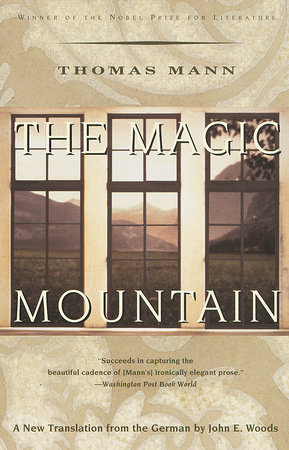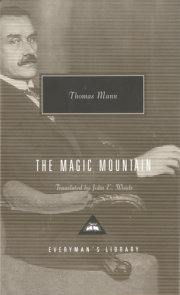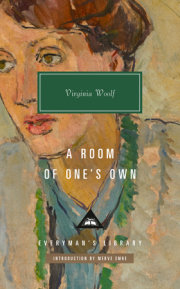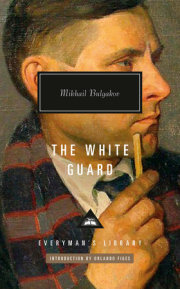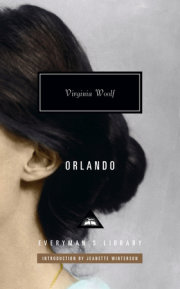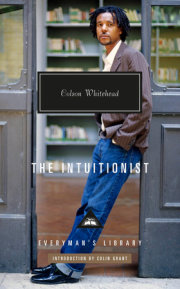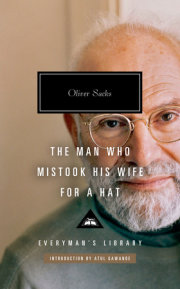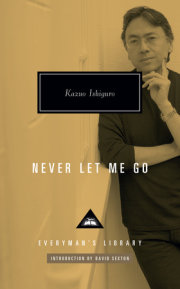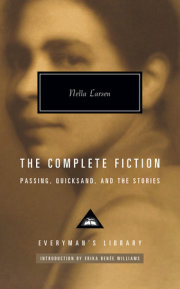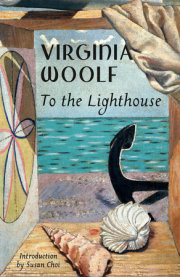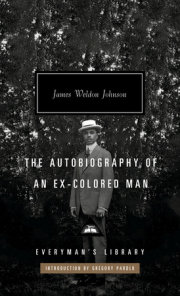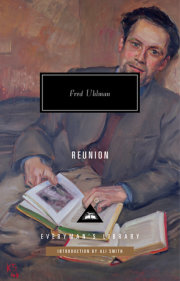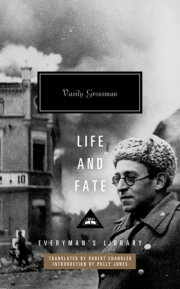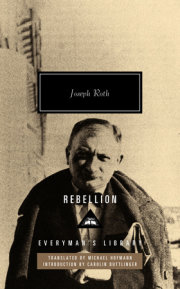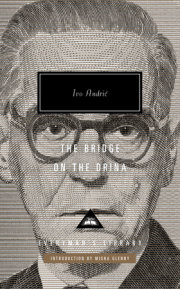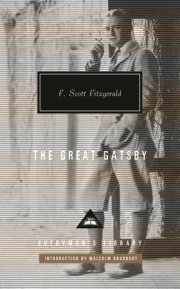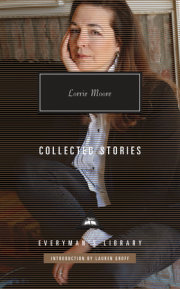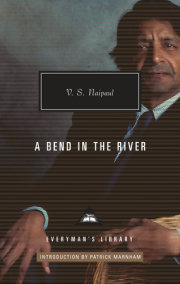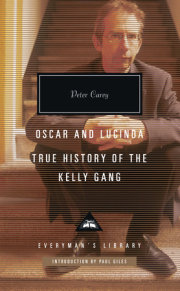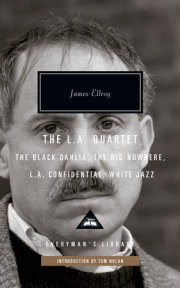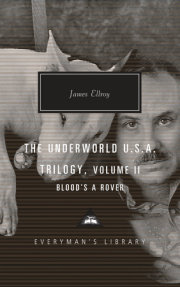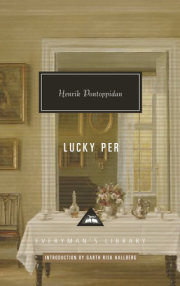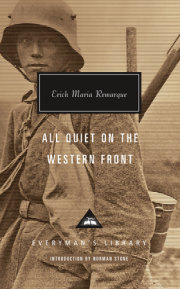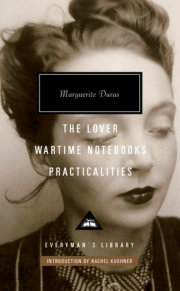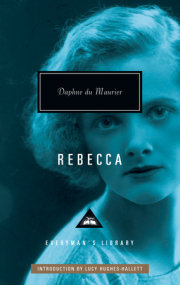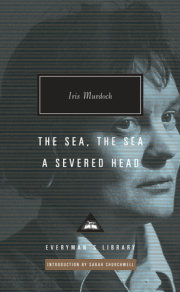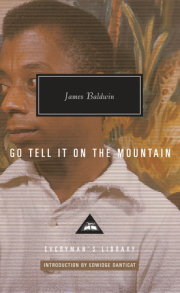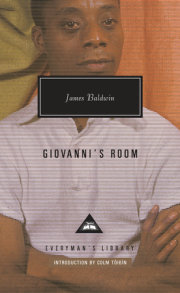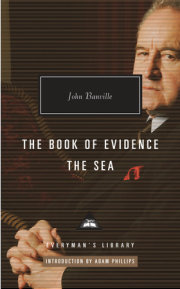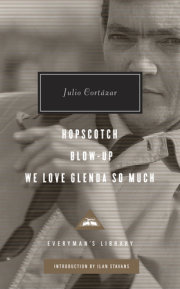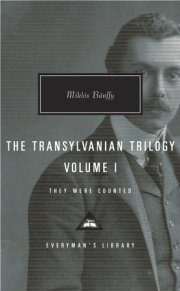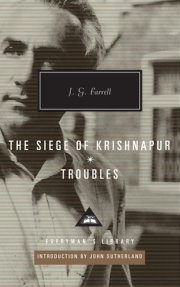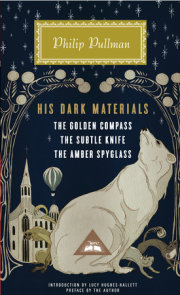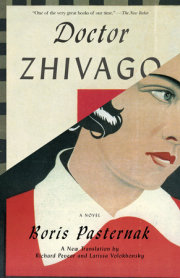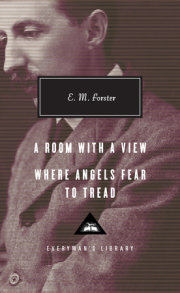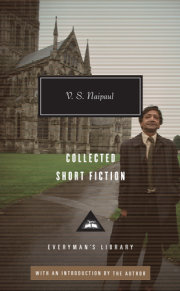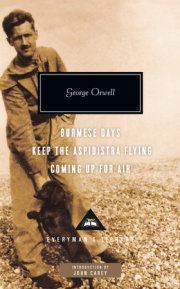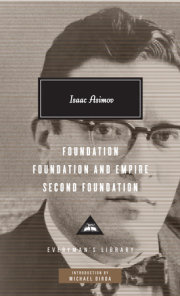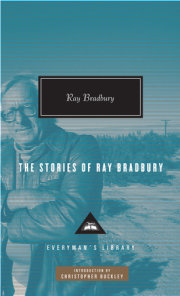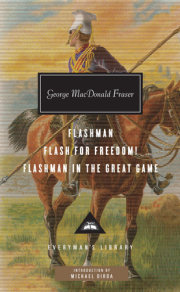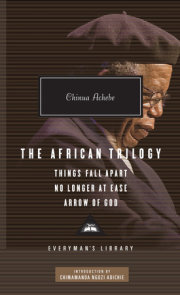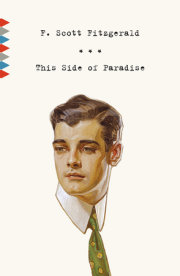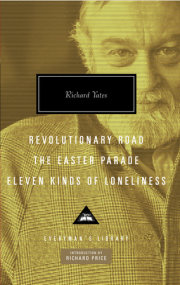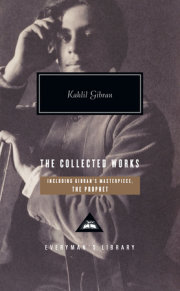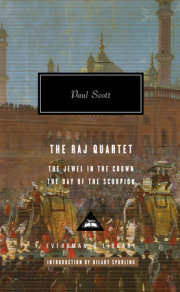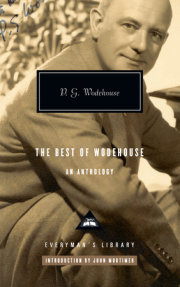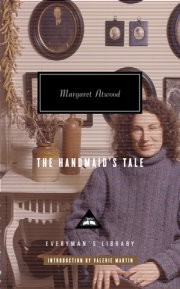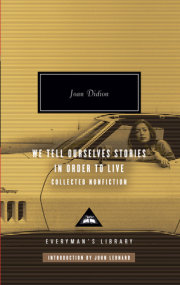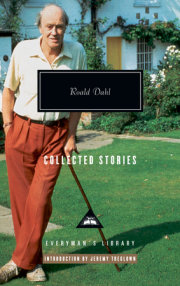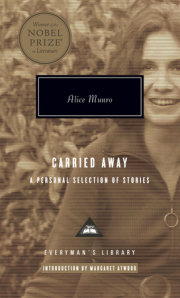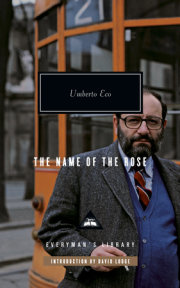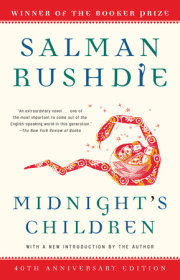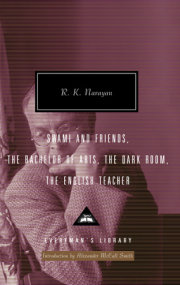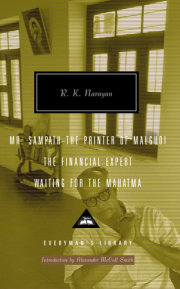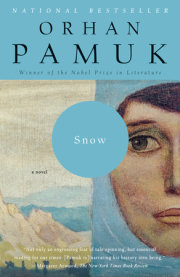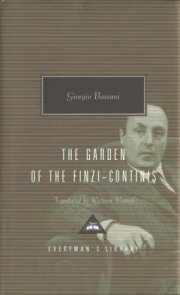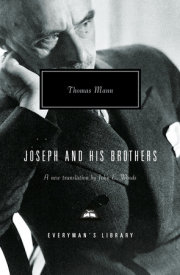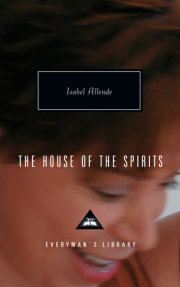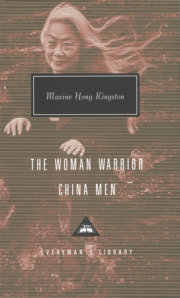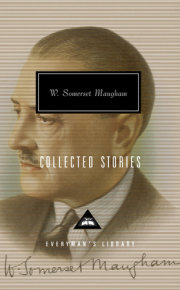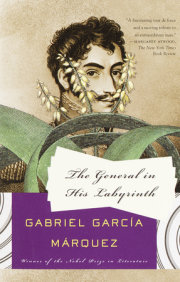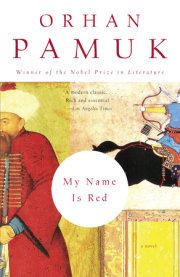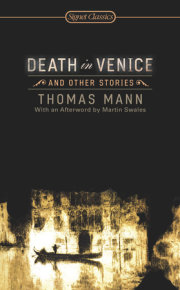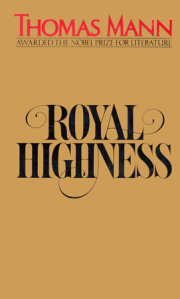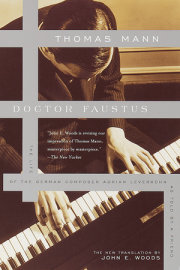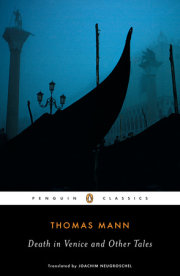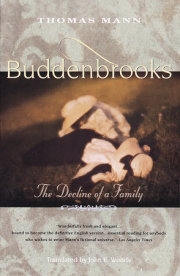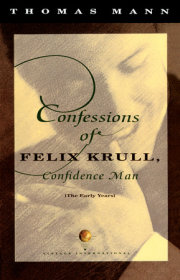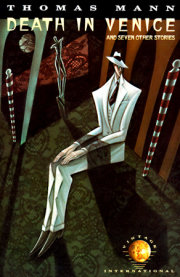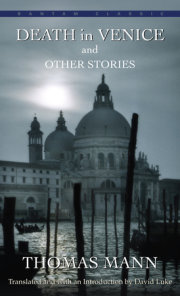Introduction
In 1912 Thomas Mann’s wife, Katja, stayed in Dr Friedrich Jessen’s ‘Waldsanatorium’ from March to September, suffering from a lung complaint. Mann himself visited her for four weeks in May and June. During that time, he said, he suffered a troublesome catarrh of the upper air passages, owing to the damp, cold atmosphere on the balcony. The consultant diagnosed a ‘moist spot’ of tubercular infection, just as Dr Behrens in the novel diagnoses Hans Castorp. Mann, however, did not stay in the magic mountain, but hastened back to Flatland and Munich, where his own doctor advised him to pay no attention. There is an ironic twist to this story which would have amused the novelist — Katja, it appears was misdiagnosed, whereas Mann himself, in his post-mortem, was indeed seen to bear the marks of an earlier tubercular illness.
This is the biographical germ of the novel. Its intellectual germ is related to Mann’s great novella, Death in Venice. Death in Venice was a classically constructed tragedy of the fall of a great artist and intellectual. The Magic Mountain was to be the satyr play that accompanied the tragedy — the comic and parodic tale of a jeune homme moyen sensuel, caught up in the dance of death, amongst the macabre crew of the sanatorium. Both tales represented the fate of someone out of context, on a holiday visit, encountering love, sickness and death with a peculiarly German mixture of fascination and resignation.
Work on the novella was interrupted by the First World War. Mann spent the war years writing passionately in support of the German cause. His ‘Thoughts in War’, his praise of Frederick the Great as a man of action, his Reflections of an Unpolitical Man, are definitions of the German genius which, he asserts, is concerned with Nature, not Mind, with Culture as opposed to Civilization, with military organization and soldierly virtues. Culture is
compatible with all kinds of horrors — oracles, magic, pederasty, human sacrifice, orgiastic cults, inquisition, witch-trials etc. — by which civilization would be repelled; for civilization is Reason, Enlightenment, moderation, manners, scepticism, disintegration — Mind (Geist).*
*T. J. Reed, Thomas Mann: The Uses of Tradition.
Culture is German. Civilization is predominantly French. Mann opposes Frederick the Great and Voltaire as archetypes of the opposition. Voltaire is a man of thought; Frederick, a greater hero, is a man of action. What Mann was arguing was very much what most German artists and writers were arguing — the ‘decadent’ took strength from a sudden nationalist identification. There was, also, a personal battle furiously pursued through the battle of ideas. Thomas Mann’s brother, Heinrich, was against the war, and in favour of socialism, civilization and reason. In November 1915 Heinrich Mann published an essay on Zola, praising Zola’s defence of Dreyfus, praising Zola as a civilized ‘intellectual’, castigating those in France (and by implication those in Germany) who compromised themselves by supporting unjust rulers and warmongers. There is a sense in which the wartime attitudes of the brothers mirror the conflict between the civilized Settembrini and the spiritual nihilist Naphta, in the novel as we read it. And in Thomas Mann’s Unpolitical Reflections (published in October 1918) he makes a direct attack on his brother, in the figure of the Zivilisationsliterat, who claims that he sides with Life, Reason, Progress, and is against death and decay. He quotes the author of ‘that lyrical-political poem which has Emile Zola as its hero’ as saying he himself has ‘the gift of life . . . the deepest sympathy with life’. Mann the ironist observes that ‘the problem of what ‘‘health’’ is, is not a simple problem’.
In August 1915 Mann wrote to Paul Amann:
Before the war I had begun a longish tale, set in a lung-disease sanatorium — a story with basic pedagogic-political intentions, in which a young man has to come to terms with the most seductive power, death, and is led in a comic-horrid manner through the spiritual oppositions of Humanism and Romanticism, Progress and Reaction, Health and Sickness, but more for the sake of finding his way and acquiring knowledge than for the sake of making decisions.
The spirit of the whole thing is humorous-nihilistic, and on the whole the story inclines towards sympathy with death. It is called The Magic Mountain and has a touch of the dwarf Nase for whom seven years passed like seven days, and the ending, the resolution — I can see no alternative to the outbreak of war.
In March 1917 Mann wrote again to Amman about the novel, this time describing the opposed figures of a ‘disciple of work and progress, a disciple of Carducci’ and a ‘doubting, brilliantly clever reactionary’, and qualifying his hero’s sympathy with death as ‘unvirtuous’. He has to write his unpolitical reflections, he claims, to avoid overloading the novel with ideas.
When the thousand-page novel was finally published in November 1924, Mann was reconciled with his brother after a bitter rift, and his attitudes to German culture and the justification of war had changed. The Magic Mountain itself was now a large and complicated work of art, working as a mixture of Dantesque allegory and modern European realism, of German mythic culture and intellectual debate, of Bildungsroman and farce.
The magic mountain itself is a myth and a symbol with multiple meanings and charms. The German magic mountain is the Brocken, up whose dangerous paths Goethe’s Mephistopheles leads the delinquent Faust, to join in the lawless and phantasmagoric delights of the Witches’ Sabbath, or Walpurgisnacht. In the Walpurgisnacht chapter of the novel Settembrini quotes Faust (as he often does):
Allein bedenkt! Der Berg ist heute zaubertoll,
Und wenn ein Irrlicht Euch die Wege weisen soll,
So mu¨ sst Ihr’s so genau nicht nehmen.
But bear in mind the mountain’s mad with spells tonight
And should a will-o’-the-wisp decide your way to light,
Beware — its lead may prove deceptive.
The Walpurgisnacht of the novel is Shrove Tuesday — the Munich ‘Fasching’ or licentious carnival feast of disorder. Mann marks the curiously timeless passing of time in the magic mountain with feast days like Midsummer, as well as fleeting seasonal weather. The hectic patients become phantasms and apparitions — Behrens, the superintendant is compared by Settembrini to Goethe’s leading warlock, Herr Urian.
But there are other, equally powerful magic mountains. There is the Venusberg of Wagner’s Tannha¨}user, in which the Thuringian Wartburg becomes the secret dwelling of Venus, who entices young knights into its depths, and surrounds them with sensuous delights, amongst nymphs and sirens. This Venus is a descendant of an ancient German goddess Holda, originally the white lady of spring, a figure not unlike the fairy queen who in British fairy story lures True Thomas into the hillside, where, also, seven years appear to be only one day. The dwarf, Nase (Nose), of Mann’s letter to Amann is also a fairy-tale figure, in a Romantic tale by Wilhelm Hauff — a little boy imprisoned by an enchantress and transformed into a dwarf — for whom also time passes at seven years in a day. The mysterious Clavdia Chauchat, and Castorp’s increasing erotic obsession with her, are part of these Venus-dreams, which shrivel and distort everyday reality.
German literature is a dialogue between German classicism and German romanticism, and there is also a German-classical original of the magic mountain. Nietzsche uses the precise word, ‘Zauberberg’ in The Birth of Tragedy (1870-71) to refer to Mount Olympus. ‘Now,’ he writes, ‘the Olympian magic mountain opens itself before us, showing its very roots.’ This ‘now’ in The Birth of Tragedy, is the moment when Nietzsche quotes the wisdom of Dionysus’s satyr companion, Silenus, who tells King Midas what is the greatest good of the human condition:
‘Ephemeral wretch, begotten by accident and toil, why do you force me to tell you what it would be your greatest boon not to hear? What would be best for you is quite beyond your reach: not to have been born, not to be, to be nothing. But the second best is to die soon.’ What is the relation of the Olympian gods to this popular wisdom? It is that of the entranced vision of the martyr to his torment. Now the Olympian magic mountain opens itself before us, showing its very roots. The Greeks were keenly aware of the terrors and horrors of existence; in order to be able to live at all they had to place before them the shining fantasy of the Olympians.
Here is a very pertinent concatenation of a satyr, the desire for death which tempts Hans Castorp, and a mountain hutching illusory forms. Nietzsche’s argument in The Birth of Tragedy is that the beauty of Greek tragedy derives from the satyr chorus, which was originally a religious ritual celebrating the dismemberment and eating of the dying god, Dionysus, and later became the chorus, and the comic fourth satyr play which accompanied the classical tragic trilogy of plays at the City Dionysia. Nietzsche’s text turns on the opposition between the Apollonian and Dionysiac principles in Greek art. Apollo goes with clarity, definition, individuality, dream and illusion. Dionysus represents the drive to bloody dissolution, annihilation, and a strong and gleeful admission of the terror and meaninglessness of life. Sophoclean heroes, Nietzsche tells us, are Apollonian masks, which are the opposite of the dark circles we see when looking at the sun. They are luminous spots designed to ‘cure an eye hurt by ghastly night’.
The Birth of Tragedy haunts European culture. Freud’s Beyond the Pleasure Principle (1920) establishes a death drive, or principle of thanatos, to change his vision of dreams as essentially pleasure-seeking. It was written partly in response to the persisting dark dreams of the soldiers of the First World War, forced to relive horrors. Mann plays with its ironies and ambiguities in many of his texts. Both Aschenbach, in Death in Venice, and Hans Castorp, have riddling dreams, directly drawn from Nietzsche’s vision, which are turning-points in their respective stories.
Aschenbach, the lucid artist, begins his descent into madness when he meets the stranger outside the mortuary chapel in Munich. This sharp-toothed person, with ‘an air of imperious survey, something bold or even wild about his posture’, and looking exotic and strange, is surely the figure of Dionysus who appears outside the little temple and greets Pentheus at the beginning of Euripides’ Bacchae. The boy, Tadziu, with whom Aschenbach falls in love in Venice, has a name that sounds like Zagreus, a name for the dismembered Dionysus. The stranger god, with his panthers, and the cholera, both come out of the East — as does the smiling Clavdia Chauchat, with her slanted Kirghiz eyes. Like Pentheus, Aschenbach disintegrates and has a very precise dream-vision of the stranger-god, with his flute-music, his rout of companions, ‘a human and animal swarm’ of maenads and goats, who tear at each other and devour ‘steaming gobbets of flesh’. It is a vision of the loss of self in the religious frenzy of the sacrificial feast.
Hans Castorp, in the late chapter, ‘Snow’, lost and wandering in circles, falls into an exhausted sleep. Castorp’s dreamvision is at first a blissful and idyllic vision of a classical Mediterranean landscape (based on a painting by Arnold Bo¨}cklin) of beautiful and healthy humans working and playing in orchards, in meadows, by the sea. But the dreamer is led into a temple where two old hags in the sanctuary are dismembering a living child above a basin, and cracking its bones between their teeth. The lovely order is intimately connected to the mystery of the dismembered god. This vision causes Castorp to understand that the ‘courteous and charming’ people are intimately connected to ‘that horror’. They are interdependent, health and horror. Castorp is the object, like Everyman, of a tug-of-war between the two philosophers, the life-loving, reasonable Settembrini and the destructive, voluptuous and malicious Naphta. In the snow he sees that neither is right. What matters is his heart-beat, and love.
The Magic Mountain, as well as being a German myth, is a parody of the Bildungsroman, in which a young man goes out into the world, and discovers his nature through his encounters. The two talkative opponents are pedagogues, representing visions of human nature and the world which were tested in Thomas Mann himself during the 1914-1918 war. Settembrini is partly attractive, and partly, as Castorp sees him, an organgrinder playing one tune, resolutely unaware of its limitations. Naphta, Jew, Jesuit, connoisseur of the irrational, the anarchic, the nihilistic, is closer to Mann’s own vision, which itself is closer to Nietzsche’s strong pessimism than to the hopefulness of the Age of Reason. An enormous proportion of the novel consists of bravura descriptions of battling ideas, and it is fashionable now to dismiss Mann as a ‘dry’ (even desiccated) ‘novelist of ideas’, as though that description meant that he did not understand human feeling, or passion, or tragedy. It is possible to argue that novelists in general give disproportionately less space to intellectual passions than their power in society warrants. People do think, and they do live and die for thoughts, as well as for jealousy or sex, or erotic or parental love. As that wise critic, Peter Stern, remarked drily, ‘seeing that modern men are as often intellectuals as they are gamekeepers or bullfighters, Mann’s preoccupation is, after all, hardly very esoteric’. It is perhaps worth making the point that my own early readings of The Magic Mountain, impeded by scholarly earnestness, trying to get my bearings in an ocean of unfamiliar words, and baffled by an inadequate translation, quite failed to see how funny, as well as ironic and subtle, much of the argumentation and debate is. The nature of our relation to the comedy changes as Castorp educates himself out of the extraordinary bourgeois unreflecting innocence in which he begins. He begins to be amused, and we readers begin to share his amusement, rather than laughing at him, or observing him from outside his world.
It is necessary to say something about the late appearance of the Personality, Mynheer Peeperkorn, a figure somewhere between Dionysus and Silenus, who is so little part of the verbal argument that he can never finish a sentence. The idea behind him is that here is someone who does not discuss living and dying, but simply lives and dies. He is what he is, and claims Clavdia because he is alive. To take him seriously as someone who transcends the dialectic between the disputing angels of ‘life’ and ‘death’ we need, I think, to see him in terms of Thomas Mann’s essay on Goethe and Tolstoy, published in 1922.
This complicated, passionate, witty essay compares the two great writers as earthy writers, comfortable in their skins, possessed of a natural egoism which is at the centre of their power as writers and as observers of the earth they live in. He uses for both of them the legend of the giant Antaeus ‘who was unconquerable because fresh strength streamed into him whenever he touched his mother earth’. Mann tells tales of playing games called ‘Numidian horsemen’ with a room full of adults and children. He recounts an incident recorded by Tolstoy’s father-in-law, Behrs:
They were walking about the room together in light converse one evening, when suddenly the elderly prophet sprang upon Behrs’s shoulder. He probably jumped down again at once; but for a second he actually perched up there, like a grey-bearded kobold — it gives one an uncanny feeling!
In the case of Goethe, Mann records, among other things, his sensitiveness to weather conditions:
It was due to his almost exaggerated sense-endowment; and became positively occult when that night in his chamber in Weimar he felt the earthquake in Messina. Animals have a nervous equipment that enables them to feel such events when they occur and even beforehand. The animal in us transcends; and all transcendence is animal. The highly irritable sense-equipment of a man who is nature’s familiar goes beyond the bounds of the actual senses, and issues in
the supra-sensual, in natural mysticism. With Goethe the divine animal is frankly and proudly justified of itself in all spheres of activity, even the sexual. His mood was sometimes priapic — a thing which of course does not happen with Tolstoy.
Mann contrasts this earthy self-possession with the spiritual ‘shadow-world’ of Dostoevsky (‘exaggeratedly true’) and with Schiller, another ‘son of thought’. Schiller’s
essay, ‘On Naïve and Sentimental Poetry’ was described by Mann as ‘the greatest of all German essays’. In it Schiller distinguishes between the ‘naive’ poet who has the plastic energy simply to make a world (Shakespeare, Homer), and the ‘sentimental’ poet who can only find a world through his own sensibility and reflections. Mann puts Schiller with Dostoevsky:
. . . the conflict between contemplation and ecstatic vision, is neither new nor old, it is eternal. And it finds complete expression in, on the one side, Goethe and Tolstoy, and on the other Schiller and Dostoevsky. And to all eternity the truth, power, calm and humility of nature will be in conflict with the disproportionate, fevered and dogmatic presumption of spirit.
Copyright © 2005 by Thomas Mann. All rights reserved. No part of this excerpt may be reproduced or reprinted without permission in writing from the publisher.

